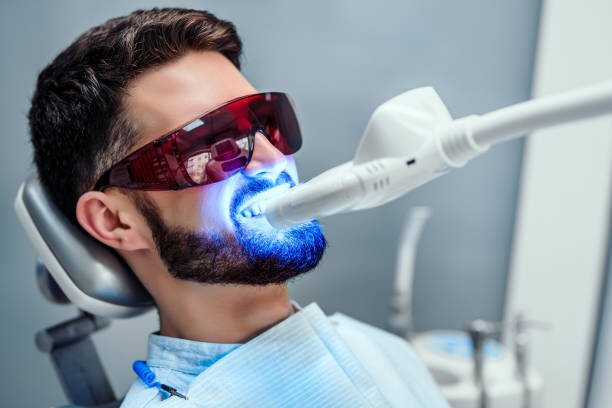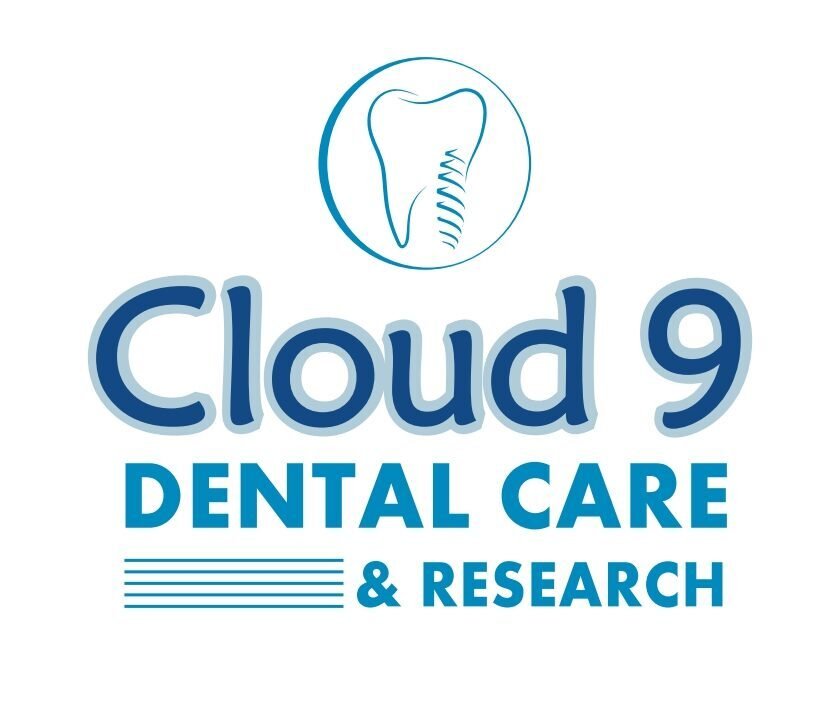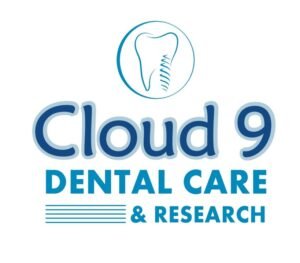Laser Dentistry
Laser Dentistry


Laser dentistry is a field of dentistry that involves the use of lasers (intense beams of light) for various dental procedures. The application of laser technology in dentistry offers several benefits due to its precision and versatility. Lasers are used in both hard and soft tissue dental procedures, and some common applications
What if I lost a tooth due to cavities?
Painless dentistry has advanced with the introduction of lasers, replacing traditional dental drills and scalpels that patients have long feared. At Cloud 9 Dental care, we employ dental lasers for various applications:
- Implant surgeries
- Removal of tooth decay
- Gum Lightening
- Biopsies
- Disinfection during Root Canal Therapy
- Speed up healing of mouth ulcers
Thanks to the reduced pain sensation associated with lasers compared to drills, minimal to no anesthesia is often required. If the sound of the dental drill is a source of discomfort for you, the use of lasers is likely to be more appealing. The decision to incorporate dental lasers into your treatment will be based on your specific clinical needs, assessed during the treatment planning phase.
Causes :
Laser dentistry, which involves the use of lasers in various dental procedures, has several benefits but may also have some potential side effects or causes. Here are some considerations:
- Tissue Damage
- Sensitivity
- Eye Safety
- Infection Risk
- Pain
What is the advantage of using dental lasers?
Laser dentistry is an innovative approach that utilizes laser technology in various dental procedures, offering several benefits:
Precision:
Lasers allow for precise targeting during soft and hard tissue procedures, minimizing damage to surrounding areas.Reduced Discomfort:
Laser dentistry often results in less pain and discomfort compared to traditional methods, promoting a more comfortable patient experience.Minimized Bleeding:
The precision of lasers helps in cauterizing blood vessels, leading to minimal bleeding during procedures.Faster Healing:
Laser treatments can contribute to quicker healing and reduced recovery times, promoting a faster return to normal activities.Versatility:
Lasers can be used for various applications, including cavity preparation, gum disease treatment, teeth whitening, and soft tissue surgeries.Reduced Need for Anesthesia:
In some cases, laser dentistry may eliminate or reduce the need for anesthesia, making it more convenient for patients.Minimal Swelling:
Due to the precise nature of laser procedures, there is often less trauma to the surrounding tissues, resulting in minimal swelling.Potential for Less Drilling:
Lasers can be used for conservative cavity preparation, potentially reducing the need for traditional drilling.
While laser dentistry offers numerous advantages, it’s essential to note that its effectiveness depends on the specific procedure and the expertise of the dental professional. Discuss with your dentist to determine if laser dentistry is a suitable option for your specific dental needs.

What are the precautions to be taken after the procedure?
After a dental procedure, follow these precautions:
- Adhere to post-operative instructions.
- Manage pain with prescribed medications.
- Avoid touching the treated area.
- Maintain good oral hygiene.
- Follow a soft diet if recommended.
- Refrain from smoking and limit alcohol.
- Stay hydrated.
- Attend follow-up appointments.
- Protect the treated area from sunlight if applicable.
- Report any unusual symptoms to your dentist promptly.
How long does it take to heal?
Healing from procedures performed with a laser typically occurs rapidly. The duration of healing, ranging from 1 to 3 days, depends on the procedure’s location and extent.

